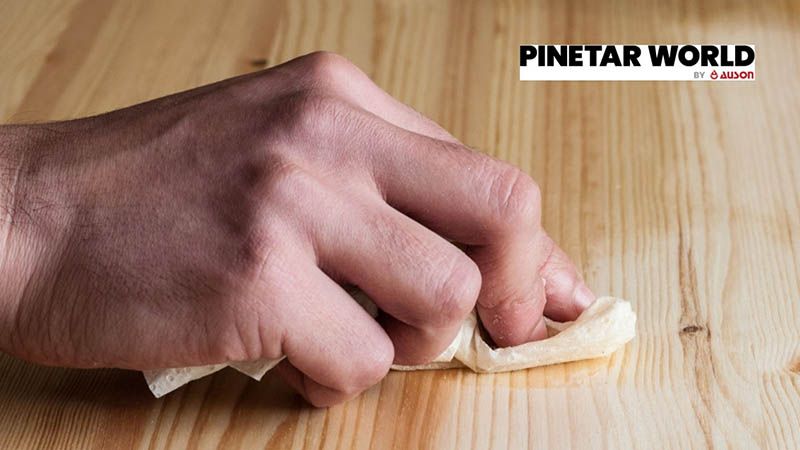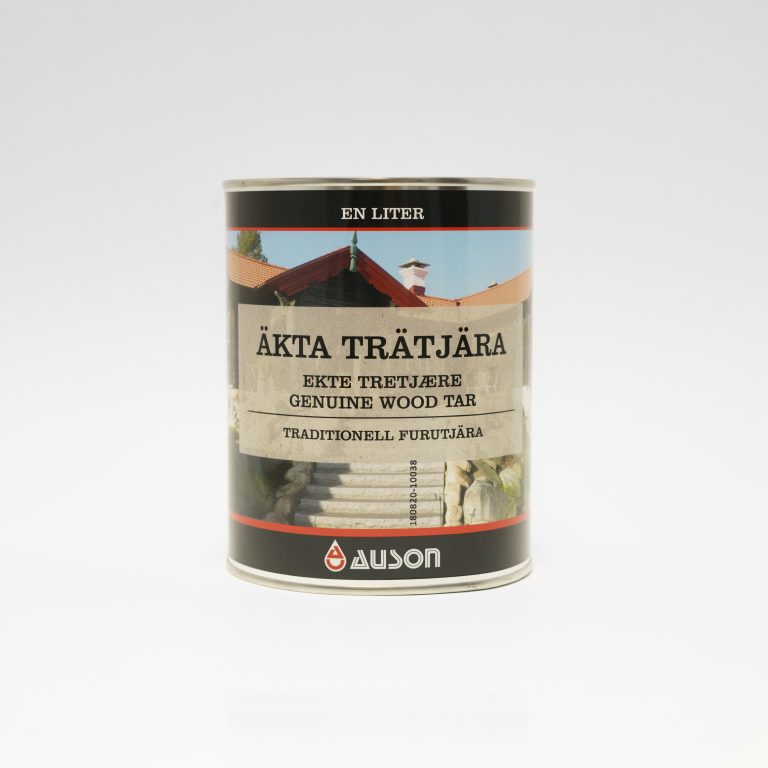Pine tar is a natural substance with a rich history and a wide range of applications. From ancient remedies to modern skincare, this sticky, resinous material has been used for centuries. In this article, we’ll explore what pine tar is, its various uses, the benefits it offers, and how it’s made.
Understanding Pine Tar
Pine tar is a thick, dark liquid derived from the distillation of pine wood. It is produced through a process called destructive distillation, where pine wood is heated in a low-oxygen environment. This process breaks down the wood, releasing the tar, which is then collected.
Origins and Historical Use
Pine tar has been used for thousands of years, with evidence of its use dating back to ancient civilizations. The Greeks and Romans used it for medicinal purposes, while Scandinavian countries developed a thriving industry around it. Pine tar was also essential in shipbuilding, as it was used to waterproof wooden ships and protect them from rot.
Uses of Pine Tar

Pine tar has a variety of uses, both practical and medicinal. Here are some of the most common applications:
1. Wood Preservation
Pine tar is an excellent wood preservative. It protects wooden structures from decay, insect damage, and moisture. This makes it ideal for treating tool handles, bows, and building materials.
2. Waterproofing

Pine tar is used to seal seams in canoes, leather boots, and fabric containers. Its water-resistant properties make it a valuable resource for outdoor enthusiasts and survivalists.
3. Adhesive
When mixed with charcoal and fiber, pine tar creates a strong primitive adhesive. This was used by ancient cultures to attach arrowheads and repair tools.
4. Medicinal Uses

Pine tar has antiseptic and antifungal properties, making it useful for treating cuts, rashes, and skin conditions. It was traditionally used as a salve for both humans and livestock.
5. Fire Starting
A small amount of pine tar can help start fires in damp conditions. It acts as a natural kindling, making it easier to ignite wood.
Benefits of Pine Tar

Pine tar offers several benefits, both for practical applications and personal care. Here are some of the key advantages:
1. Antimicrobial Properties
Pine tar contains compounds that inhibit bacterial and fungal growth. This makes it effective for preventing infections and promoting skin health.
2. Anti-Inflammatory Effects
The phenolic compounds in pine tar have anti-inflammatory properties, which can help reduce redness, swelling, and irritation associated with skin conditions like eczema and psoriasis.
3. Natural Exfoliation
Pine tar gently exfoliates the skin, removing dead skin cells and promoting a smoother complexion. This makes it a popular ingredient in natural soaps and skincare products.
4. Moisturizing Lather
When combined with moisturizing agents like tallow or goat milk, pine tar soap develops a luxurious lather that deeply hydrates the skin, enhancing softness and minimizing transepidermal water loss.
5. Odor-Absorbing Abilities
Pine tar’s molecular structure allows it to neutralize strong odors, such as smoke, sweat, or food smells, rather than merely masking them with fragrance.
How Pine Tar Is Made
Making pine tar involves a simple yet effective process. Here’s a step-by-step guide to creating your own pine tar using primitive skills:
1. Gathering Materials
To make pine tar, you’ll need resin-saturated pine wood, typically from the heartwood of a dead pine tree, known as “fatwood.” This wood is dense, heavy, and smells strongly of pine.
2. Preparing the Wood
Break the fatwood into small, thumb-sized pieces or splinters. The more surface area you create, the more efficiently the tar will render out.
3. Setting Up the Kiln
Use a double-can method for primitive distillation. You’ll need an outer can (burn can) and an inner can (retort can). Punch a small hole in the bottom of the inner can to allow the tar to drip out.
4. Distilling the Tar
Place the chopped fatwood in the inner can and seal it. Place the inner can inside the outer can, which has several holes around the bottom for air vents. Build a fire on top of the outer can to heat the wood.
5. Collecting the Tar
As the wood heats, the tar will drip out of the small hole in the inner can and collect in a vessel below. Once the process is complete, let the apparatus cool completely before harvesting the tar.
Conclusion
Pine tar is a versatile and historically significant substance with a wide range of applications. From preserving wood to treating skin conditions, its benefits are numerous. Whether you’re interested in making your own pine tar or using it in skincare products, understanding its origins, uses, and benefits can help you appreciate this natural resource even more.
If you’re curious about experiencing the benefits of pine tar firsthand, consider trying pine tar soap or exploring traditional methods of making your own. With its rich history and practical applications, pine tar continues to be a valuable resource in both historical and modern contexts.











More Stories
US Trending News: What Is Sarah Oil and Why Is It Trending Now?
How to Use the Scholastic Book Fair E-Wallet: A Complete Guide for 2024
US Trending News: How to Use an Old Version of Scrabble Cheat for Classic Gameplay